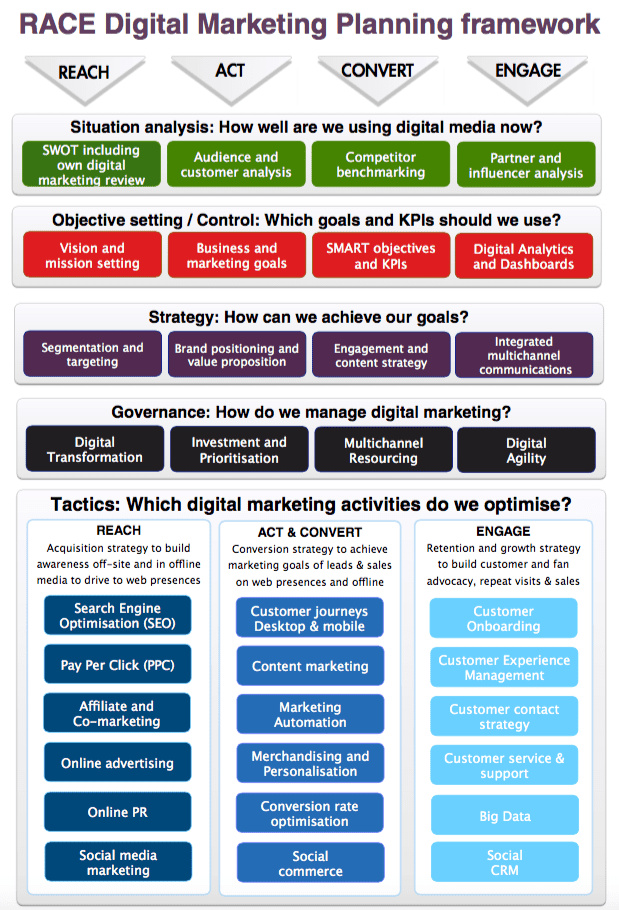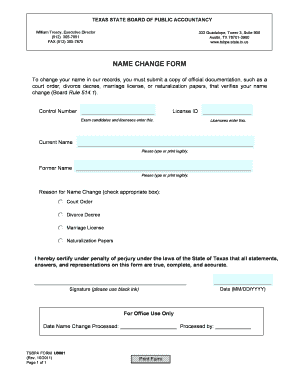Content

The allocation of LTIP Units among the Partners shall be set forth on Exhibit A, as may be amended from time to time. Phantom Profits Interest Unitmeans a right to receive cash in an amount equal to the Payment Amount upon the Payment Event as set forth in the applicable Award Agreement. Don’t get lost in the fog of legislative changes, developing tax issues, and newly evolving tax planning strategies. Tax Section membership will help you stay up to date and make your practice more efficient. This article discusses the history of the deduction of business meal expenses and the new rules under the TCJA and the regulations and provides a framework for documenting and substantiating the deduction.
- What are the LIFO, FIFO, and Weighted Average inventory valuation methods?
- The amount of phantom or illusory revenue was $forty five ($sixty five reported minus $20 measured using alternative cost).
- While people are generally aware that each spouse’s income is an important factor in determining property division and support obligations in a divorce, they often do not understand the nuances of what constitutes income.
- Therefore, switching from FIFO to LIFO can have a big influence on all financial statements.
- Both Audrey and Eddie will have to pay taxes on $5,000 at their ordinary individual income tax rates, even though they did not take any money out of the business.
If the price of shopping for inventory were the identical yearly, it would make no distinction whether a business used the LIFO or the FIFO strategies. Therefore, many corporations in the United States use LIFO even when the method doesn't precisely mirror the actual move of merchandise through the corporate. The Internal Revenue Service accepts LIFO as long as the identical technique is used for monetary reporting functions. As well, the LIFO method could not truly characterize the true price an organization paid for its product.
Related to Phantom Profits Interest Unit
Our industry may also become impotent with worn-out, obsolete equipment. The replacement capital will have long since been dissipated by the government to finance various welfare and pump-priming programs. All of us, and especially the accounting profession, must devote our full energy and imagination toward curbing the government’s inflationary monetary policy. This is not to suggest that the ravages of inflation on the economy can be cured by any mere change in accounting techniques. But it does suggest that inflation has incapacitated the business compass of profit-and-loss accounting.

GAAP additionally permits the FIFO technique, which assumes you sell your stock items as if they were saved in a queue. You promote the oldest stock objects forward of the most recent ones. This doesn’t fit nicely with GAAP necessities for realistic net earnings because you match out of date prices with probably the most present revenues. Conversely, FIFO offers you the timeliest worth for ending stock, since the unsold gadgets mirror the most present costs. In durations of rising costs, FIFO results in the highest revenue and taxes.
What are Phantom Profits?
Short of avoiding investment in ventures with multiple partners, there are ways to avoid the risk of having to pay taxes on erroneously reported phantom revenue. Both parties determine that it is best to not withdraw any funds from the LLC and to reinvest the profits in growing the business. Both Audrey and Eddie will have to pay taxes on $5,000 at their ordinary individual income tax rates, even though they did not take any money out of the business.
How to compute the amount of phantom profit that would result if the company used FIFO rather than LIFO?
Answer and Explanation: When FIFO method is used, earliest purchased units will be sold first. When LIFO method is used, latest purchased units will be sold first. The amount of phantom profit that would result if the company used FIFO rather than LIFO = $2,320 – $1,920 = $400.
The share of profits allocable to the equity holder will be reported on her personal income tax statement. If the business retains the profits and does not actually distribute the funds, the equity holder will still have to pay taxes on the funds. This is known as creating phantom income, as the equity holder may have to pay taxes on income she did not actually receive. Under GAAP the amount of depreciation expense reported in the financial statements is based on the historical cost of the asset and is not based on the asset’s replacement cost. For example, an electric utility is depreciating the original cost of a power plant until the plant is fully depreciated. However, the utility is using up the economic capacity of that plant and the economic capacity might have a replacement cost that is three times as much as the plant’s original cost.
How Do I Report Phantom Income?
In other words, countless decisions are made every day, including the horrendous business of structuring confiscatory tax law, on the basis of misleading numbers. This victim of inflation is the accounting principle of calculating depreciation based on historical cost. For example, if a partnership reports $100,000 in income for a fiscal year–and a partner has a 10% share in the partnership–that individual’s tax burden will be based on the $10,000 in profit reported. Even if that sum is not paid to the partner because, for example, is it is rolled over into retained earnings or reinvested in the business, the partner may still owe tax on the full $10,000. Phantom income occurs when an individual is taxed on the value of their stake in a partnership , even if they do not receive any cash benefits or compensation. Phantom income can pose challenges for taxpayers when it is not planned for because it can create an unexpected tax burden.
The concept of depreciation is clearly rational and cannot be seriously criticized in its theoretical framework—which also, and most importantly, assumes a stable monetary unit. The validity of accounting results, insofar as depreciation is concerned, thus depends on a monetary environment relatively free of significant inflation or deflation. But phantom profit we have, in fact, witnessed persistent inflation for decades. How does this monetary instability affect accounting conclusions? It is obvious that the magnitude of the investment in depreciable assets and their estimated length of useful service are critical factors. In most of our industry today, such investment in long-lived assets is tremendous.
Thus, the $4 profit using FIFO is comprised of a $3 phantom profit and a $1 actual profit. Another form of phantom income can result from the cancellation of debt. Taxpayers have the option of filling out IRS Form 982 in order to reduce taxes on their forgiven debt.
